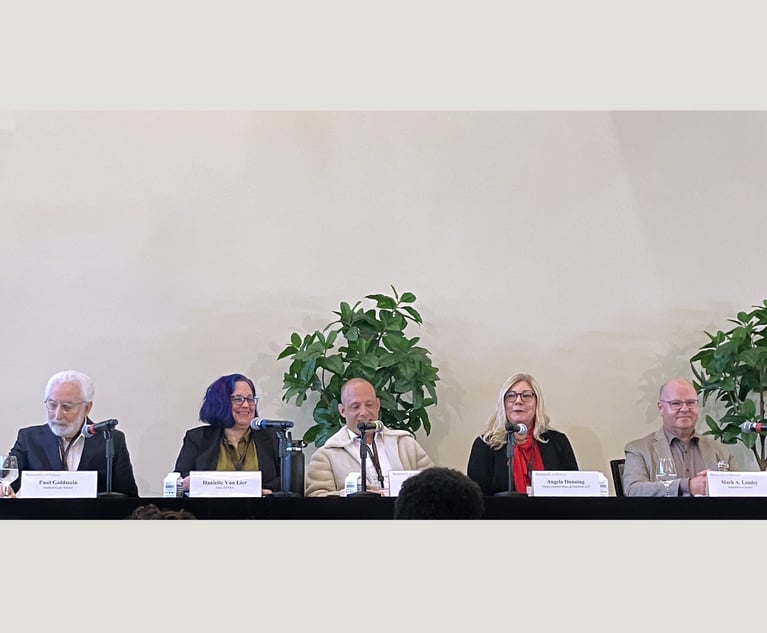The e-discovery world is currently undergoing a new cycle of technology upgrades. This trend is driven by several key factors. First, the harsh realities of rapid data growth and risk concerns have propelled many organizations to rethink their spending on e-discovery practices and technology. Second, the conversion of industry leader Relativity to the cloud is driving a large number of users to re-evaluate their legacy e-discovery platforms, which may have seemed state-of-the-art just a few years ago but now look increasingly obsolete. Third, there is a growing consensus in law departments that technology is the most important factor in driving operational efficiency. The most recent Altman Weil survey of chief legal officers makes this crystal clear, revealing that “[o]f ten options to improve law department efficiency, the most common response…is a greater use of technology tools.”
However, the promise of technology can easily dim if the tools you select are unable to keep up with growing data volumes, increasing data complexity, and evolving business requirements. Organizations evaluating new e-discovery practices and technology investments must carefully analyze the total cost of ownership (TCO)—including both direct and indirect costs—when evaluating their current practices and technologies, and then identify the process and technology changes that have the most potential to reduce those costs.







